More than 14 million people travel overseas each year for medical care. They’re going to Thailand for knee replacements, India for heart surgery, Turkey for hair transplants, and Mexico for dental work-all because it’s cheaper, faster, or sometimes the only option. But here’s the part no one talks about until it’s too late: medication safety. You might come home with a clean incision and a lower bank balance, but what’s in your pill bottle could be putting your life at risk.
Why Medication Safety Is the Hidden Danger in Medical Tourism
You wouldn’t buy medicine from a stranger on the street. So why trust a foreign pharmacy you’ve never seen, with labels in a language you don’t read, and prescriptions written under rules you don’t understand? Countries have wildly different standards for what’s allowed in a pill. In the U.S., the FDA bans certain drugs because of side effects or lack of evidence. In some countries, those same drugs are sold over the counter. A painkiller you get in Malaysia might contain a banned stimulant. An antibiotic prescribed in India could be counterfeit. The World Health Organization estimates that 1 in 10 medical products in low- and middle-income countries are substandard or fake. That’s not a rumor. That’s a documented risk. Even when the drugs are real, the dosages might not match what your body needs. A patient from Canada gets a cancer drug in South Korea that’s approved there but not in North America. Back home, their oncologist has no record of it. No database. No reference. They can’t refill it. They can’t switch it. They’re stuck. This isn’t rare. DelveInsight found that 26% of medical tourists face problems after returning home-and most of those are medication-related. Missing prescriptions. Wrong dosages. Dangerous interactions. All because no one checked what was given abroad against what’s safe at home.Where You Go Changes What You Get
Not all medical tourism destinations are equal when it comes to medication safety. Some have strong systems. Others don’t. Thailand has over 100 hospitals accredited by the Joint Commission International (JCI). That means they follow strict standards for infection control, staff training, and pharmacy practices. If you get a prescription there, it’s likely to be legitimate. But JCI doesn’t guarantee your drug will be approved back home. It only guarantees the hospital met certain operational benchmarks. Turkey, on the other hand, has EU-aligned pharmaceutical regulations. That makes it safer than many other destinations. Medications are more likely to match European or North American standards. But even then, some drugs used for cosmetic procedures or fertility treatments aren’t approved in Australia or the U.S. You might leave with a new set of hormones you can’t legally refill. India and Mexico are popular for cost savings-but also high-risk zones for counterfeit drugs. A 2023 investigation by a global health watchdog found that 37% of diabetes medications sold in informal clinics in Delhi were fake. In Tijuana, 1 in 5 pain patches contained no active ingredient at all. These aren’t big-name hospitals. These are clinics that advertise online with photos of smiling patients and prices 70% lower than home. South Korea is pushing the envelope with AI-driven genetic testing for cancer treatment. That sounds amazing-until you realize the targeted therapies they use might not exist in your country. Your doctor back home might say, “We can’t give you that. It’s not on our formulary.” And suddenly, your life-saving treatment stops.The Prescription Gap: What Happens When You Come Home
You think you’re done when you land back in Perth. You’re not. Most people don’t realize that medications prescribed overseas often don’t have direct equivalents at home. A drug called “Sulfinax 500” in the Philippines might be called “SulfaCure 500” in the U.S. or not exist at all. Pharmacists can’t just substitute. They need to know the active ingredient, dosage, and indication-and even then, insurance might not cover it. One Australian woman traveled to India for a hip replacement. She was given a strong anti-inflammatory and blood thinner. When she returned, her GP couldn’t identify either drug by name. The labels were in Hindi. The packaging had no batch numbers. She spent three weeks calling pharmacies, emailing her surgeon, and begging for help. She ended up on a different, less effective regimen-and her recovery slowed. Even supplements and herbal remedies are a problem. Many medical tourism packages include “wellness add-ons”: turmeric extracts, ashwagandha, traditional Chinese herbs. These aren’t regulated like pharmaceuticals. They might interact with your heart medication. They might cause liver damage. No one warned you.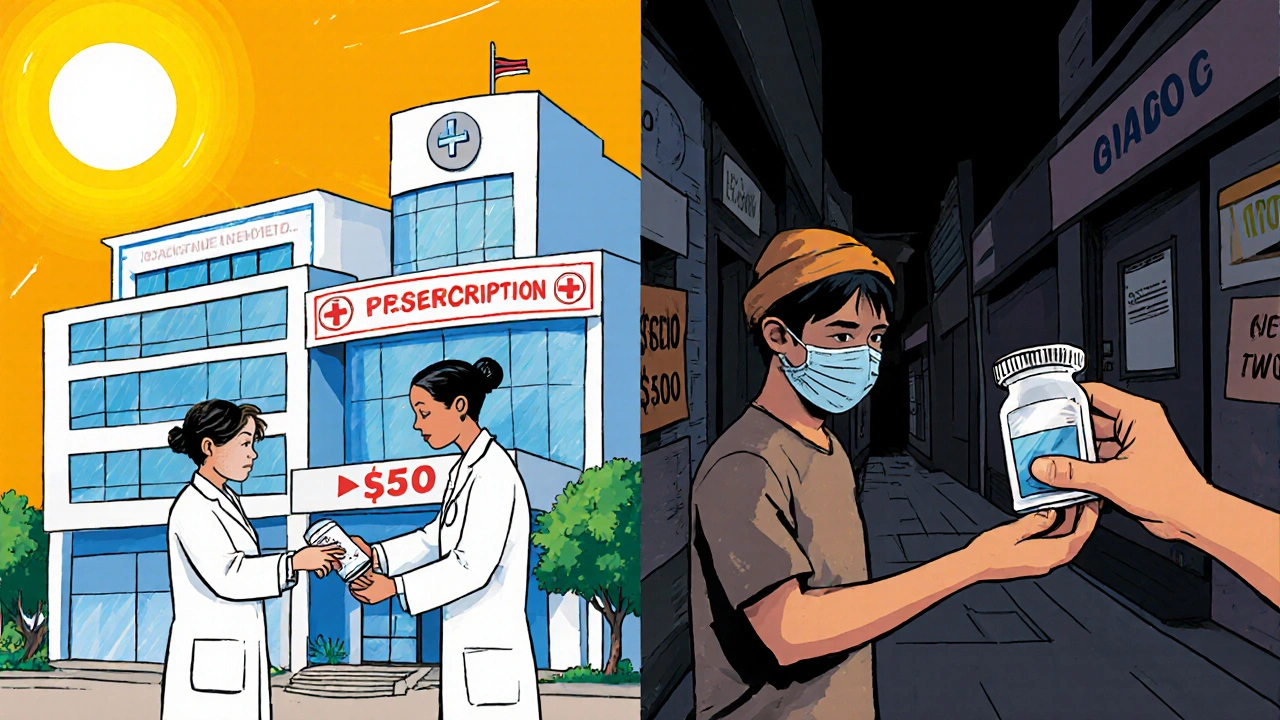
How to Protect Yourself Before You Book
You’re not powerless. Here’s what actually works:- Talk to your doctor before you go. Don’t wait until you’re back. Bring your planned procedure and destination to your GP or specialist. Ask: “What medications will I likely be given? Are any of them banned or restricted here?”
- Get a full list of all medications. Ask for the generic name, dosage, manufacturer, and batch number. Take photos of the packaging. Don’t rely on the hospital to send records-do it yourself.
- Check drug approvals. Use the FDA’s database (for Americans), TGA’s website (for Australians), or EMA’s portal (for Europeans) to look up every drug you’re given. If it’s not approved, ask why and what the alternative is.
- Only go to JCI-accredited facilities. It’s not perfect, but it’s the best indicator of pharmacy safety. Look for the official JCI logo on their website or in the hospital lobby.
- Bring enough of your regular meds. If you take blood pressure pills, insulin, or antidepressants, pack a 3-month supply. Don’t assume you can refill them abroad or back home.
- Arrange post-treatment follow-up. Ask the clinic if they offer telemedicine check-ins after you return. Some do. Many don’t. Push for it.
The Rise of Digital Health-And Why It’s Not Enough
Some clinics now offer digital health records. You get a QR code that links to your surgery notes, lab results, and prescriptions. Sounds great, right? It’s not. Those records are often stored on servers in the destination country. They’re not integrated with your home country’s health system. Your GP can’t access them. Your pharmacist can’t read them. The TGA doesn’t recognize them. You’re still stuck with a piece of paper and a phone number. AI-driven genetic profiling in South Korea? Amazing science. But if the drug it prescribes isn’t available in Australia, it’s useless. Technology doesn’t fix regulatory gaps. It just makes them look fancy.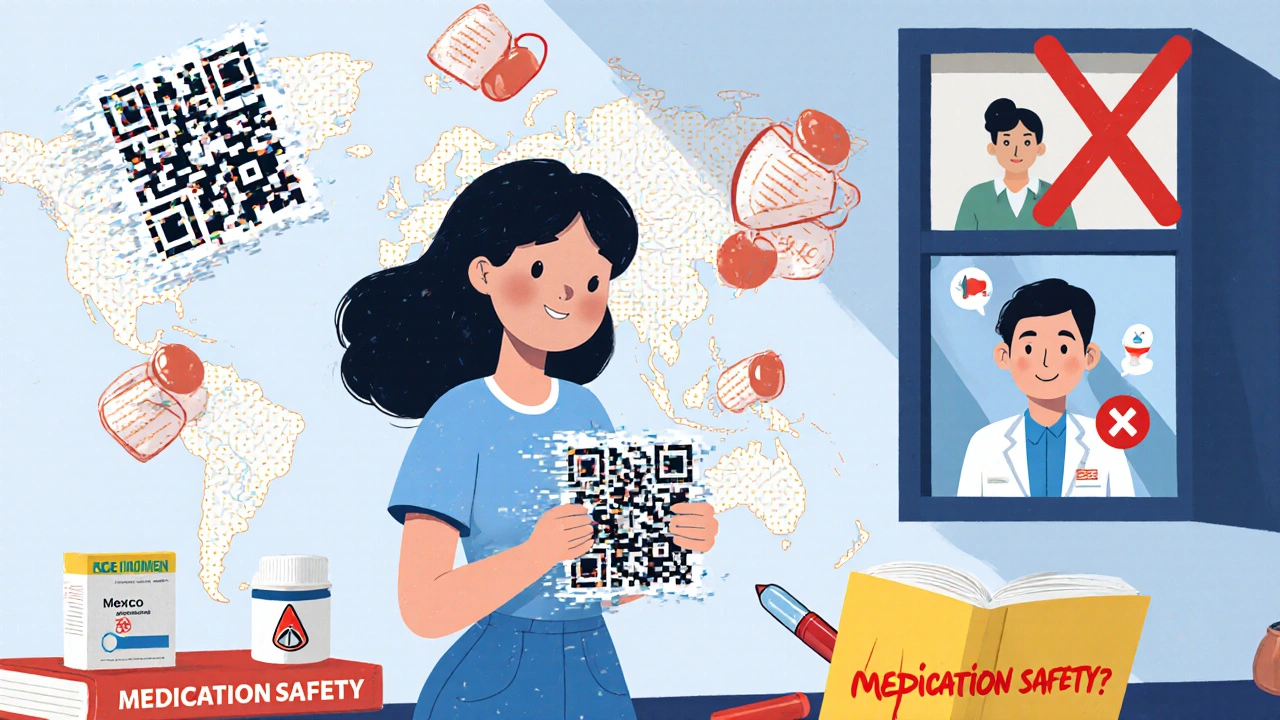


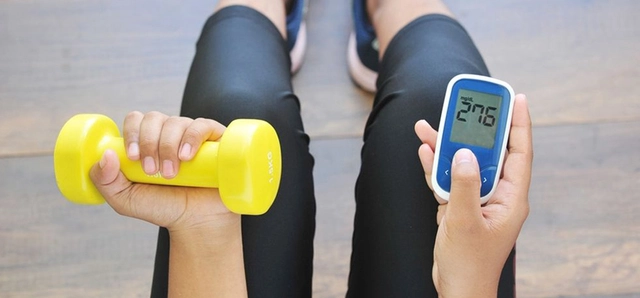
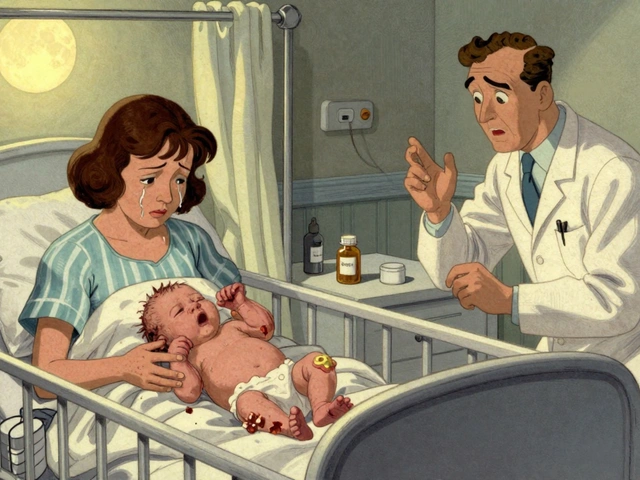
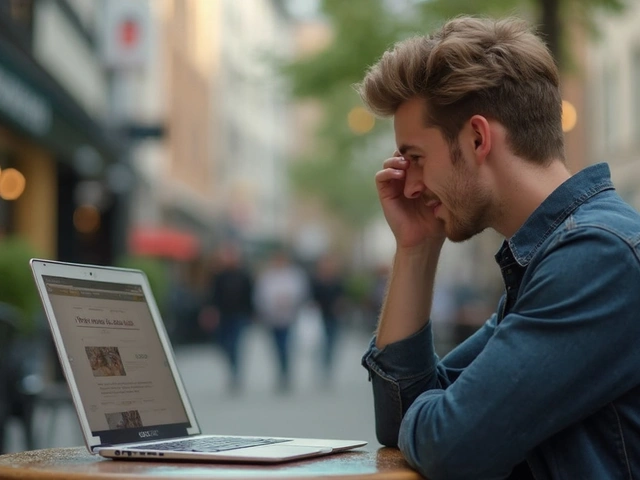
Heidi Thomas
Stop pretending this is a new problem. People have been getting fake meds abroad since the 80s. The real issue is that Americans think healthcare is a vacation package.
Carolyn Ford
You're right, but let's be real-most people don't even know what a JCI accreditation is, let alone how to verify a batch number. And don't get me started on the clinics that hand you a plastic bag with pills inside and say, 'Take two, pray three times, and call us in a week.' I've seen it. It's not a healthcare system. It's a lottery.
jagdish kumar
Life is a balance of risk and trust. We trust doctors at home. We trust strangers abroad. But who decides what trust is worth? The price tag? The brochure? Or the silence after the fever starts?
zac grant
From a clinical perspective, the biggest gap isn't counterfeit drugs-it's pharmacovigilance fragmentation. There's zero interoperability between global EHR systems. Even if you get the right meds, your home provider has no way to monitor drug levels, metabolites, or adverse event signals. That’s a systemic failure, not just a consumer oversight. We need a WHO-certified cross-border pharmacovigilance protocol-stat.
George Graham
I had a friend go to Mexico for dental work. She came back with a mouth full of crowns and a bottle of antibiotics labeled in Spanish. She showed me the bottle-I couldn’t read it either. We spent three days calling pharmacies, emailing the clinic, and finally finding a bilingual pharmacist who recognized the generic name. It worked, but it shouldn’t have been that hard. Just ask for the INN-International Nonproprietary Name-before you leave. Always.
Chad Handy
Let me tell you about my cousin. He went to India for a knee replacement. Got home, started taking the meds, got a rash, then seizures. Turns out the ‘painkiller’ was laced with a neurotoxin used in animal euthanasia. He’s lucky he didn’t die. The clinic vanished. The insurance company said ‘not covered.’ The FDA said ‘we don’t track foreign prescriptions.’ The hospital in India didn’t answer emails. He’s on disability now. And you think this is about savings? No. It’s about negligence dressed up as innovation.
Joe Lam
Of course you’re going to get bad drugs if you go to a place where they don’t even have proper labeling laws. This isn’t medical tourism-it’s medical colonialism. Wealthy Westerners exploit regulatory arbitrage while local populations suffer from the same substandard products. The irony is thick enough to spread on toast.
Jenny Rogers
It is an ethical imperative, not merely a logistical concern, that individuals seeking medical interventions abroad must be held to the same standard of due diligence as they would in their domestic context. To abdicate responsibility for pharmaceutical verification is to engage in a form of self-negligence that borders on moral dereliction. One cannot outsource safety.
Scott van Haastrecht
Let’s be brutally honest: the entire medical tourism industry is a pyramid scheme built on ignorance. They don’t care if you live or die-they care if you post a before-and-after selfie. The clinics? They’re not hospitals. They’re marketing firms with operating rooms. The ‘JCI accredited’ ones? They’re just the ones that paid the fee and hired a consultant to write a 200-page report nobody reads. You think they’re keeping your records? They’re burning them after 30 days. I’ve seen the audit logs.
Michael Feldstein
Hey, I get it-you want to save money. I’ve been there. But here’s what saved me: I called my pharmacist before I left and said, ‘Here’s the procedure, here’s where I’m going. What meds might they give me that I can’t get back?’ They gave me a list of 12 drugs to watch for. I printed it, showed it to the surgeon, and asked: ‘If you give me any of these, will you write the generic name and batch number?’ They laughed. Then they did it. That’s all it took. Don’t wait until you’re home to figure it out. Ask before you sign.